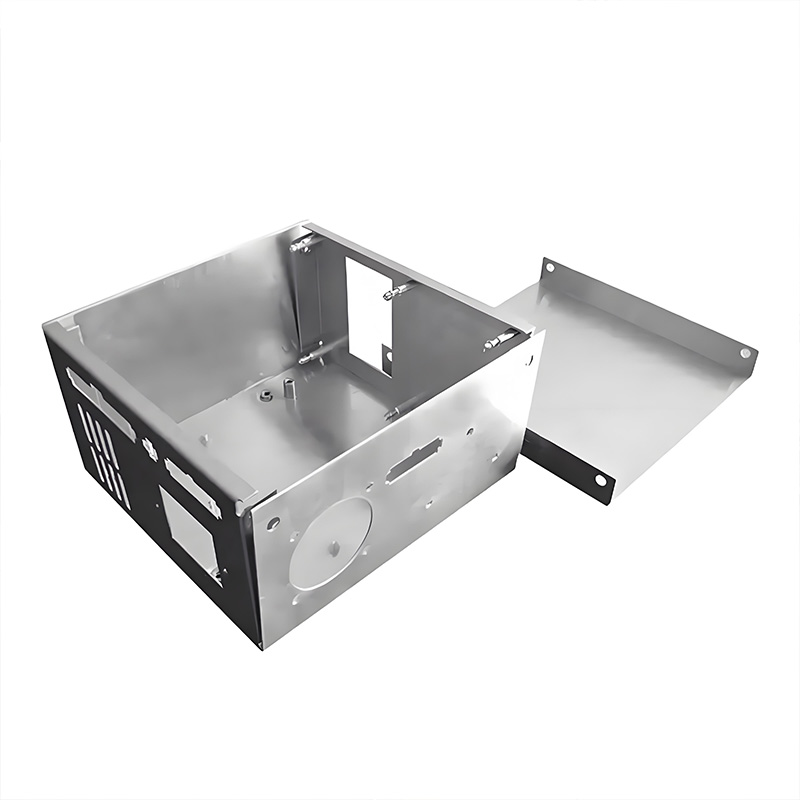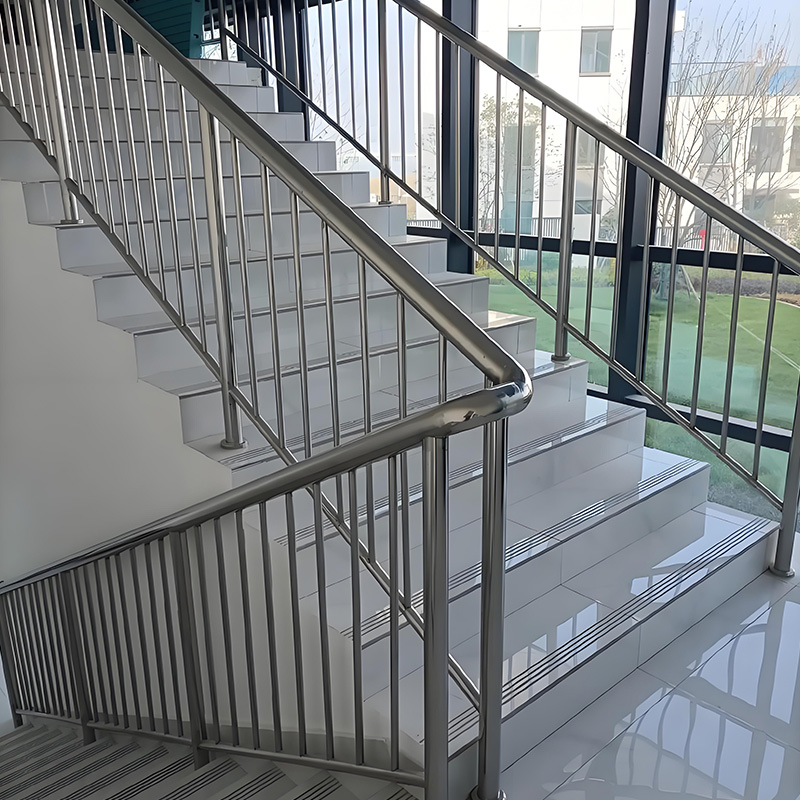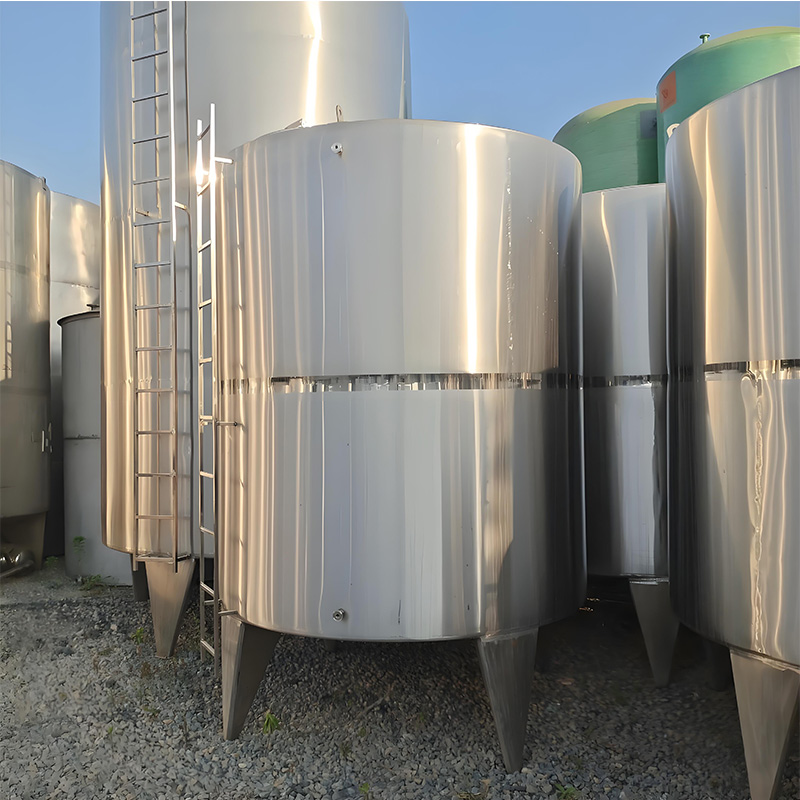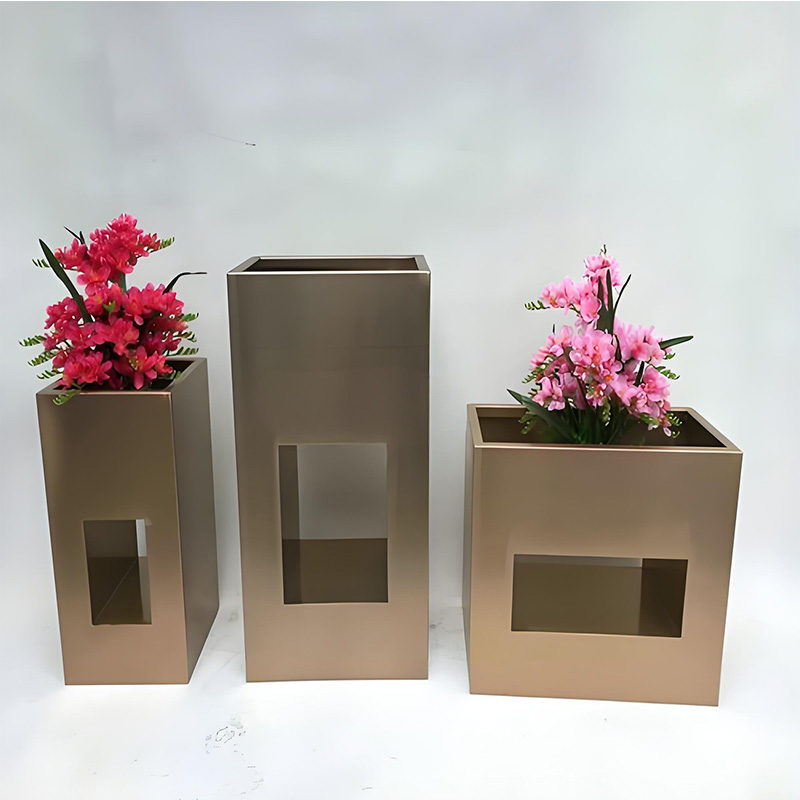Stainless Steel Chemical Storage Tanks: Insider Sizing Secrets
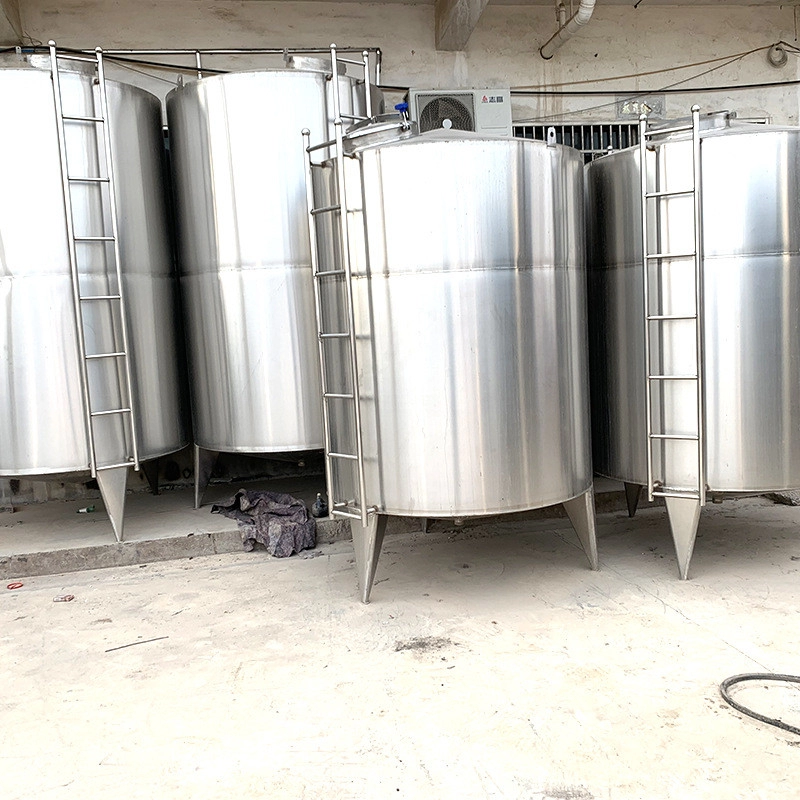
The High Cost of Incorrect Sizing
Undersized tanks force premature replacement and operational delays. Oversized units waste materials and increase maintenance. One pharmaceutical client lost $500,000 in product when their 316L tank corroded prematurely from hydrochloric acid exposure. Matching tank specifications to your chemical properties prevents such disasters.
Real-World Failure: The Hypochlorite Surprise
A 316Ti stainless steel tank transporting 12-15% sodium hypochlorite solution suffered unexpected pitting corrosion. Research revealed that corrosion products actually catalyzed hypochlorite decomposition, accelerating failure. This highlights why chemical compatibility testing trumps assumptions :cite[6].
Five Critical Sizing Factors (Beyond Capacity)
Step 1: Verify Chemical Compatibility – Not all stainless steels are equal. 316L resists chlorides better than 304, while specialty alloys handle extreme pH levels. Always cross-reference your chemical’s concentration and temperature with material performance data.
Step 2: Calculate True Working Volume – Never fill beyond 85% capacity. For 1,000L tanks, max usable volume is 850L. Include vapor space and expansion requirements in calculations :cite[2]:cite[4].
Step 3: Evaluate Structural Requirements – Will it be stationary or mobile? Mobile units need thicker walls (minimum 2.5mm for 1,000L tanks) and heavy-duty lifting lugs :cite[2].
Step 4: Specify Surface Finishes – Internally polished surfaces (Ra 0.28-0.45μm) prevent residue buildup and ease cleaning—critical for pharmaceutical or food-grade applications :cite[7]:cite[9].
Step 5: Plan for Accessories & Future Needs – Include ports for sensors, manholes for maintenance, and extra capacity for potential process changes. Customized nozzles added upfront cost 20% less than retrofits.
Material Matchup: 304 vs 316L Stainless Steel
| Parameter | 304 Stainless Steel | 316L Stainless Steel |
|---|---|---|
| Molybdenum Content | None | 2-3% (enhances corrosion resistance) |
| Chloride Resistance | Good (up to 200ppm) | Excellent (up to 1,000ppm) |
| Acid Compatibility | Sulfuric, nitric (low conc.) | Phosphoric, acetic & hypochlorite solutions |
| Typical Cost Premium | Baseline | 20-30% higher |
| Best Applications | Water, mild detergents, food storage | Bleaches, salts, aggressive chemicals |
Warning: The Thickness Trap
Never assume thicker walls automatically mean longer life! One manufacturer used 5mm thick 304 steel for hydrochloric acid storage—corrosion destroyed it in 6 months. Proper material selection beats thickness every time. Always prioritize chemical compatibility over gauge.
Installation & Maintenance Pro Tips
Foundation First – Uneven surfaces stress welds. For 10,000L+ tanks, invest in laser-leveled concrete pads. One facility reduced stress cracks by 90% after releveling foundations.
Inspection Protocol – Quarterly internal checks catch pitting early. Focus on weld points and liquid-air interfaces where corrosion starts. Use boroscopes for sealed tanks.
Interestingly, cathodic protection systems can extend tank life by 15+ years in corrosive environments. Pair these with high-precision stainless steel components for critical connections.
We’ve observed that tanks last 30% longer when operators implement automated cleaning cycles versus manual methods. Consistent residue removal prevents localized corrosion :cite[10].
Industry Success: Chemical Ship Design Insights
A 38,000 DWT chemical carrier optimized stainless steel usage by selecting vertical over horizontal corrugated bulkheads. This design reduced weight by 12% while maintaining structural integrity—proving that smart engineering choices create efficiency :cite[3].
Stainless Steel Tank Selection Checklist
□ Confirm chemical concentration/temperature ranges
□ Verify AISI grade compatibility (304/316L/other)
□ Calculate working volume + 15% safety margin
□ Specify internal polish (Ra ≤0.45μm for pharma/food)
□ Include access ports and sensor interfaces
□ Validate pressure rating against process requirements
□ Plan corrosion monitoring method (e.g., ultrasonic testing)
□ Confirm fabrication standards (ASME VIII-1 or equivalent)
FAQs: Stainless Steel Chemical Storage Tanks
Q1: Can I store any chemical in 316L stainless steel tanks?
A: Not universally. While 316L offers superior resistance, it fails with hydrochloric acid or concentrated sulfuric acid. Always request material compatibility charts from suppliers.
Q2: How long do stainless steel chemical tanks typically last?
A: With proper maintenance, 15-25 years. Tanks storing aggressive chemicals (like bleach) may require replacement in 7-10 years. Monitoring wall thickness is crucial :cite[6].
Q3: Is external insulation necessary for outdoor tanks?
A: It depends. Insulation regulates temperature for sensitive chemicals and prevents condensation in freezing climates—but increases costs by 15-20%.




